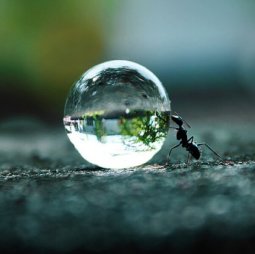I’ve been reading a lot lately about chefs and bartenders who develop recipes by seeking inspiration from other creative spheres. I stumbled across this blog post today, (Meadowlark). The writer spent some time creating a drink to match an album by Sufjan Stevens. The drink was fairly simple, but I was immediately struck by the depth of research that went into creating it. She spent time looking at the artist’s inspiration, and used that to inform her own creation. Each ingredient was reasoned, and the recipe read well because of it. (btw, I noticed that huge amount of rosewater too, but in an earlier post she has a recipe for ‘rose water’ which is actually more of a petal tisane, which would definitely work at that volume.)
In this article from last month on Punch, Drew Lazor explores different approaches to concept development (How To Develop a Concept Cocktail). I’m smitten with Chantal Tseng’s ‘limited edition’ menus at The Reading Room, in Washington D.C, that revolve around the book she’s reading that week. She uses narrative, geography, characters, and the author’s persona to inspire her ingredients.
Cerebral stuff isn’t necessarily the way to go every time, but I’ve always found that the best names and recipes (of my own) are always tightly knit together by a solid concept that drew inspiration from a clear source.
A recent recipe comes from, at first, a pretty vague space that slowly developed into a combination of dew drops on winter green, Fern Gully, the flavours I associate with the word “nectar”, and how sweet and clean I imagine this water tastes to this little guy:

The idea hung about in my head and in a few variations for about a six months. By the time I got around to making it, I’d spent so long messing with the concept and had such a clear idea of how I wanted it to taste that it took less than 20 minutes to nail down a recipe. The drink ended up as a light, clean, carbonated thing with a hint of sweetness that is balanced with tartaric and malic acids to give the impression of a sparkling wine.
Who knows if people are going to taste the idea of a fairy with a dewdrop cupped between their tiny, webbed fingers. I doubt it, and I’m not going to tell them that they have to. I’d be delighted to hear that someone has drawn that conclusion independently, but it doesn’t really matter. What matters is that having a concise and well developed concept helped to develop a good recipe.